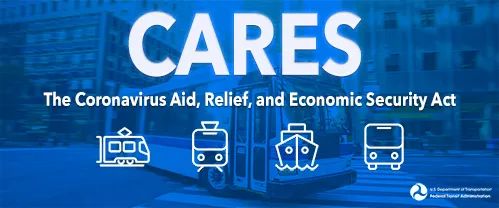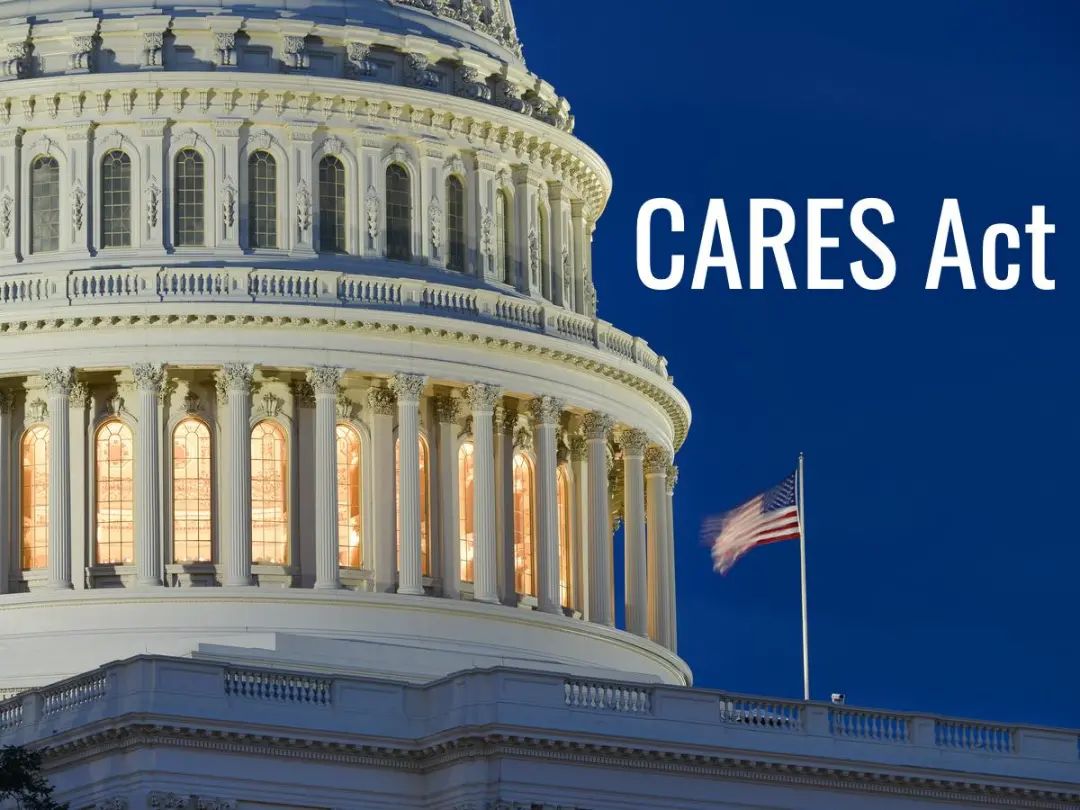Discovery at Carlson·02 State and Local Governments Face Dire Economic Times During Pandemic
State and Local Governments Face Dire Economic Times During Pandemic
Tuesday, November 17, 2020
With a major drop in revenue and increased expenditures because of the COVID-19 crisis, local governments were forced to lay off a significant number of their workers.
Assistant Professor of Finance Erik Loualiche explored these issues and more in a paper he co-authored entitled “State and Local Government Employment in the COVID-19 Crisis.” Loualiche spoke about the factors leading to this impact, how this economic downturn is different, and the pivotal role the Coronavirus Aid, Relief, and Economic Security Act (CARES Act) played.

Q. You found that a decrease in sales tax was the main driver of difficult budget decisions for state and local governments. Why is that?
State and local governments rely on different taxes for their revenue: income tax, property tax, or sales tax. Some states, like Florida, lean heavily on sales taxes which closely track local consumption and declined severely during the height of the pandemic in April of 2020.
As an individual or company, when you experience a temporary drop in your income or a sudden spike in your expenses, the typical response is to borrow to smooth out the shock over a longer period of time.
Unfortunately, state and local governments can’t do this. They are subjected to balanced budget requirement rules and the money they spend—more or less—has to equal the money they bring in. This means that they must cut expenses, and since employment is a big part of local government expenditure, this can come in the form of layoffs, furloughs, or pay cuts.
Q. What makes this pandemic different than other economic downturns when it comes to state and local government employment?
There are good and bad things here. First, it turns out that state and local governments were well prepared going into the crisis. That’s probably as a response to the last crisis they experienced during the great recession. States have been prudent savers in the past decade and their rainy day fund balances were at record highs going into 2020.
On the other hand, I mentioned how sales tax revenues dropped, but the pandemic will also affect the 2021 budgets because of the fall in income tax due to the persistent drop in economic activity we are seeing. Moreover, states have been at the forefront of the coronavirus response coordinating healthcare and distributing safety-net programs such as unemployment insurance.
Q. What government employees were most likely to be laid off?
We find that the drop in employment was the largest in the education sector. Given the increased challenge of providing remote education, this is likely to have large negative consequences in the long run.
The sectors that were the least affected were "protective services," such as police officers and healthcare, probably due to their position at the forefront of the crisis.
Q. How did the CARES Act help ease some of these issues?
The CARES Act provided $150 billion to state and local governments. In our analysis of the CARES Act, we find that without an aid package, these governments would have laid off an additional 401,000 workers in April 2020 -- 40 percent more than realized.
Only the federal government can conduct large scale deficit spending. It’s probably not the right thing for the government to be running a deficit all the time, but it is really important to have that flexibility in times of crisis, economic or otherwise. Wars, recessions, and pandemics are all examples of times when there is a large social return on public spending.
Our findings suggest that the inability of state and local governments to run deficits forced them to scale down government employment during the pandemic. The federal government support for state and local governments helped ameliorate this but probably did not go as far as it could have.

疫情使州政府和地方政府陷入财政困境
2020年11月17日 星期二
由于新冠疫情危机,地方政府收入锐减、支出剧增,因此不得不大量裁员。
卡尔森商学院金融学副教授Erik Loualiche在他合著的论文《新冠危机下的州政府和地方政府雇佣情况》中探讨了这些问题,包括导致问题的因素、本次经济衰退的特别之处、以及CARES法案的关键性作用。
问:您表示销售税下降是州政府和地方政府作出这个艰难的预算决策的主要原因。为什么?
州政府和地方政府的收入来源于多种税,包括所得税、财产税和销售税。有一些州高度依赖销售税,例如佛罗里达州。销售税与本地消费密切相关,因此在2020年4月疫情到达高峰时,他们的消费税收入严重下降。
当个人或企业遭遇暂时的收入下跌和支出暴涨时,最典型的应对方式是举债,将短期震荡稀释到长期来应对。
但是,州政府和地方政府不能这样做。他们必须遵循预算平衡的规定,支出要和收入大致相等,所以必须削减开支。雇员工资是地方政府开支的一个大项,因此,地方政府可能会通过裁员、休假、减薪等方式来缩减开支。
问:这次疫情对州政府和地方政府雇员造成的影响,与其他经济衰退事件有什么不同?
既有好的方面,也有坏的方面。首先,在应对这次危机时,州政府和地方政府可谓有备而来。这也许是他们对上一次大萧条期间所经历的危机的反应。过去10年中,州政府一直谨慎支出,节省开支,所以2020年初,应急基金余额达到了历史最高值。
但另一方面,正如我前面所说,销售税收入锐减。同时由于经济活动的持续低迷,所得税收入也在下降,所以疫情还会继续影响2021年的预算。此外,州政府处在应对新冠疫情的前线,他们需要协调医疗资源、分配失业保险等安全保障计划款项。
问:哪一类政府雇员被解雇的可能性最大?
我们发现,教育行业就业情况下降最多。考虑到提供远程教学的挑战不断增加,长远来看,这可能造成重大的负面影响。
受影响程度最低的是“保障服务类”,例如警察和医务人员,这可能是因为他们处于危机应对的最前线。
问:CARES法案对这些问题有什么帮助?
CARES法案向州政府和地方政府提供了1500亿美元。我们分析CARES法案发现,如果没有获得资助,2020年4月的政府解雇人员可能增加401,000名,比实际数据高出40%。
只有联邦政府有权执行大规模赤字开支。长期赤字对政府而言也许并不正确,但是在出现经济危机或其他类型危机的时候,这种灵活度是十分重要的。在战争、经济衰退、疫情这样的时期,增加政府开支会产生大量的社会收益。
我们的研究结果显示,由于不能执行财政赤字,州政府和地方政府不得不在疫情期间缩小政府就业规模。联邦政府的支持帮助他们缓解了危机,但是政府支持也许并没获得其应有的效果。




